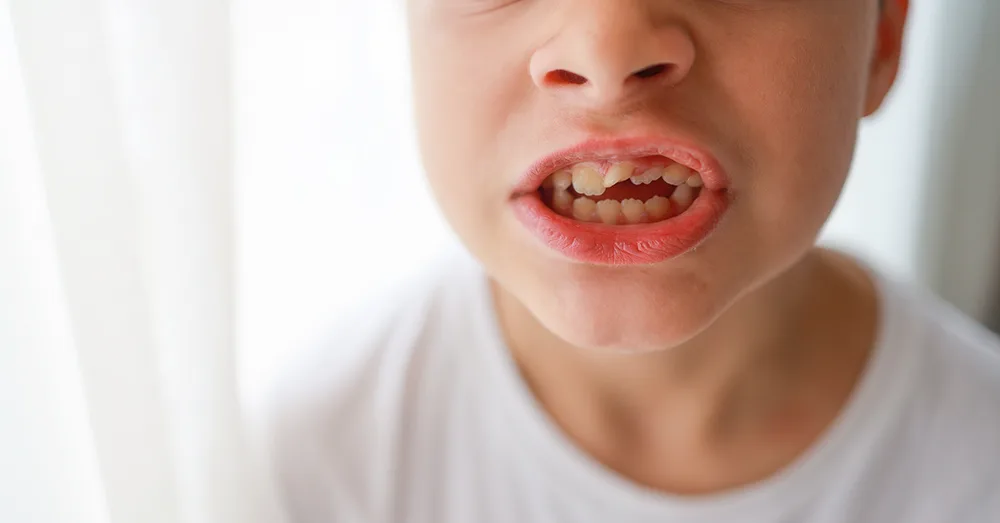Welcome to our in-depth guide on open bite, a condition that not only affects the appearance of your smile but also impacts your oral health and overall well-being. In this comprehensive journey, we will delve into the complexities of open bite, uncovering its various causes, its implications on oral function, and the diverse treatment options available to address it. Join us as we navigate through this enlightening exploration together!
Understanding Open Bite: Causes and Effects
1. Skeletal and Dental Factors:
Open bite can arise from a multitude of factors. In some cases, it’s attributed to skeletal issues where the upper and lower jaws fail to align correctly, resulting in a noticeable gap between the teeth. Conversely, dental factors such as prolonged thumb sucking, tongue thrusting, or abnormal swallowing patterns during childhood development can also contribute to the development of open bite.
2. Genetic Predisposition and Lifestyle Habits:
Genetics can predispose individuals to develop open bite, influencing jaw structure and tooth alignment. Additionally, certain lifestyle habits, including prolonged pacifier use, mouth breathing, or excessive thumb sucking during infancy and childhood, can exacerbate the condition over time, leading to malocclusion.
3. Impact on Oral Health and Functionality:
Beyond aesthetic concerns, open bite can significantly impact oral health and functionality. It may result in speech impediments, difficulty chewing and biting food properly, increased susceptibility to dental decay and gum disease, as well as discomfort associated with temporomandibular joint (TMJ) disorders.
Treatment Options for Open Bite:
1. Orthodontic Solutions:
Orthodontic interventions play a pivotal role in correcting open bite. Traditional braces or modern clear aligners are employed to gradually reposition the teeth and jaws, closing the gap and restoring proper alignment. This not only enhances the aesthetic appearance but also improves oral function.
2. Surgical Correction:
In cases where skeletal discrepancies are the underlying cause of open bite, surgical correction may be warranted. Orthognathic surgery, performed by skilled oral and maxillofacial surgeons, involves repositioning the upper and lower jaws to achieve optimal alignment and functionality, often in conjunction with orthodontic treatment.
3. Behavioral Modifications and Therapy:
Addressing underlying oral habits and behaviors is integral to open bite treatment. Behavioral interventions, such as speech therapy, habit-breaking appliances, and counseling, aim to correct abnormal swallowing patterns and mitigate contributing factors to the condition.
In conclusion, open bite presents unique challenges that require a comprehensive approach to treatment. By understanding its underlying causes, recognizing its effects on oral health and functionality, and exploring effective treatment options, individuals can embark on a journey towards achieving a harmonious smile and optimal oral well-being. Seeking guidance from qualified orthodontic and surgical specialists is essential in formulating a tailored treatment plan that addresses individual needs and goals.
FAQs
Can open bite be prevented?
While genetic predisposition may play a role, early intervention to address harmful oral habits during childhood can help prevent the development of open bite. Encouraging proper oral hygiene practices and discouraging thumb sucking or pacifier use beyond infancy can mitigate the risk.



